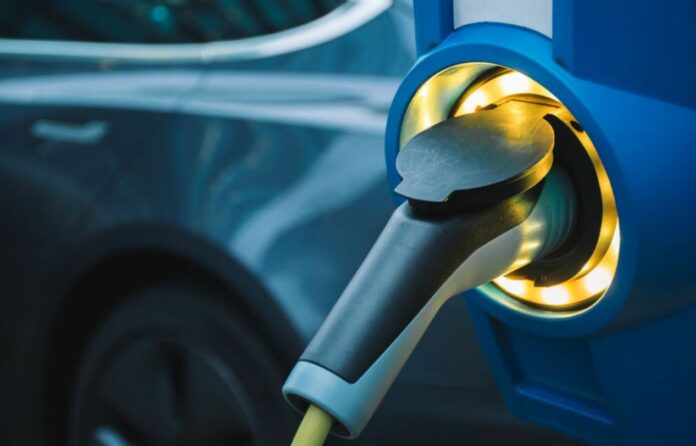Lithium metal batteries with solid electrolytes offer benefits such as lightweight, non-flammability, high energy density, and fast recharging. However, their development has been hindered by short-circuiting and failure issues. Researchers at Stanford and SLAC Lab have now identified the root cause – mechanical stress during rapid recharging.
“Just modest indentation, bending or twisting of the batteries,” as explained by senior author William Chueh, “can cause nanoscopic fissures in the materials to open and lithium to intrude into the solid electrolyte causing it to short circuit.”
“Even dust or other impurities introduced in manufacturing can generate enough stress to cause failure.”
Solid electrolytes breaking down is not a new problem, and many people have looked into it. There are several possible explanations for this behavior. Some attribute the problem to the unintentional passage of electrons, while others blame chemistry. Others assert that many factors are at work.
In a new paper published today in the journal Nature Energy, co-lead authors Geoff McConohy, Xin Xu, and Teng Cui use rigorous, statistically significant tests to show how nanoscale defects and mechanical stress cause solid electrolytes to fail.
Through experiments, they show how nanoscale defects and mechanical stress result in failure. Scientists developing these batteries can now work around this issue or leverage the findings for advancements. The potential benefits of these energy-dense, fast-charging and non-flammable batteries include increased use of electric vehicles and more.
Many of the best solid electrolytes used today are made of ceramic. They physically separate the two electrodes that serve as energy storage devices and allow for quick passage of lithium ions. They are fireproof, which is very significant. But they may also have microscopic surface fractures, much like the ceramic in our houses.
Researchers conducted over 60 experiments to prove that ceramics naturally include tiny imperfections including cracks, dents, and fissures, many of which are less than 20 nanometers wide. (The thickness of a sheet of paper is 100,000 nanometers.) According to Chueh and his colleagues, during rapid charging, these intrinsic fissures become visible and let lithium penetrate.
In each experiment, researchers put an electrical probe on a solid electrolyte to make a small battery. They then used an electron microscope to watch fast charging in real time. They then employed an ion beam as a scalpel to investigate why lithium in some places gathers on the ceramic’s surface as expected, but in others, it starts to bury itself deeper and deeper until it spans the solid electrolyte and causes a short circuit.
The pressure is what makes the difference. In less than a minute, lithium will cluster neatly on top of the electrolyte when an electrical probe hits the surface. The battery is more likely to short circuit when the probe pushes into the ceramic electrolyte, simulating the mechanical forces of indentation, bending, and twisting.
A solid-state battery in the real world is made of sheets of cathode, electrolyte, and anode that are stacked on top of each other. The cathode and anode are physically separated from one another by the electrolyte, which yet permits lithium ions to move freely between the two. A short circuit happens if the cathode and anode come into contact or are electrically linked in any manner, such as through a metallic lithium tunnel.
As shown by Chueh and colleagues, even a minute bend, twist, or particle of dust lodged in the interface between the electrolyte and the lithium anode would result in invisible cracks.
“Given the opportunity to burrow into the electrolyte, the lithium will eventually snake its way through, connecting the cathode and anode,” adds McConohy. “When that happens, the battery fails.”
The new idea was shown to be true more than once, the researchers said. Scanning electron microscopes, the same ones that were unable to detect the developing cracks in the pure, untested electrolyte, were used to film the process.
It’s somewhat similar to how a pothole develops in otherwise flawless pavement, according to Xu. When it rains or snows, car tires press water into the pavement’s minute flaws, causing the cracks to enlarge and eventually deepen.
“Lithium is actually a soft material, but, like the water in the pothole analogy, all it takes is pressure to widen the gap and cause a failure,” adds Xu.
Chueh’s team is exploring ways to use the newly discovered mechanical forces to strengthen the material during production, similar to how a blacksmith tempers a blade. They are also investigating methods to coat the electrolyte surface to avoid or fix cracks.
“These improvements all start with a single question: Why?,” adds Cui. “We are engineers. The most important thing we can do is to find out why something is happening. Once we know that, we can improve things.”
Source: 10.1038/s41560-022-01186-4
Image Credit: Getty
